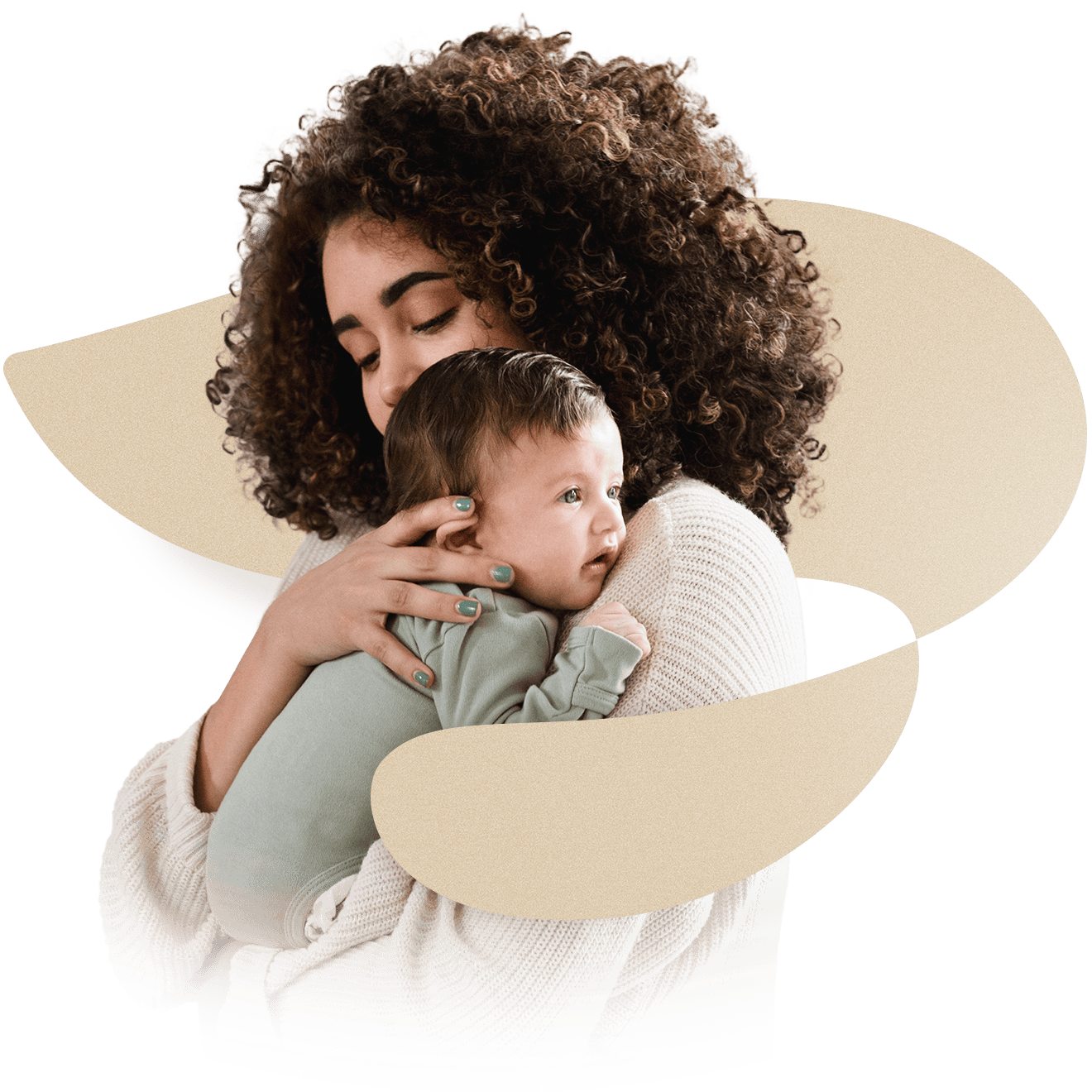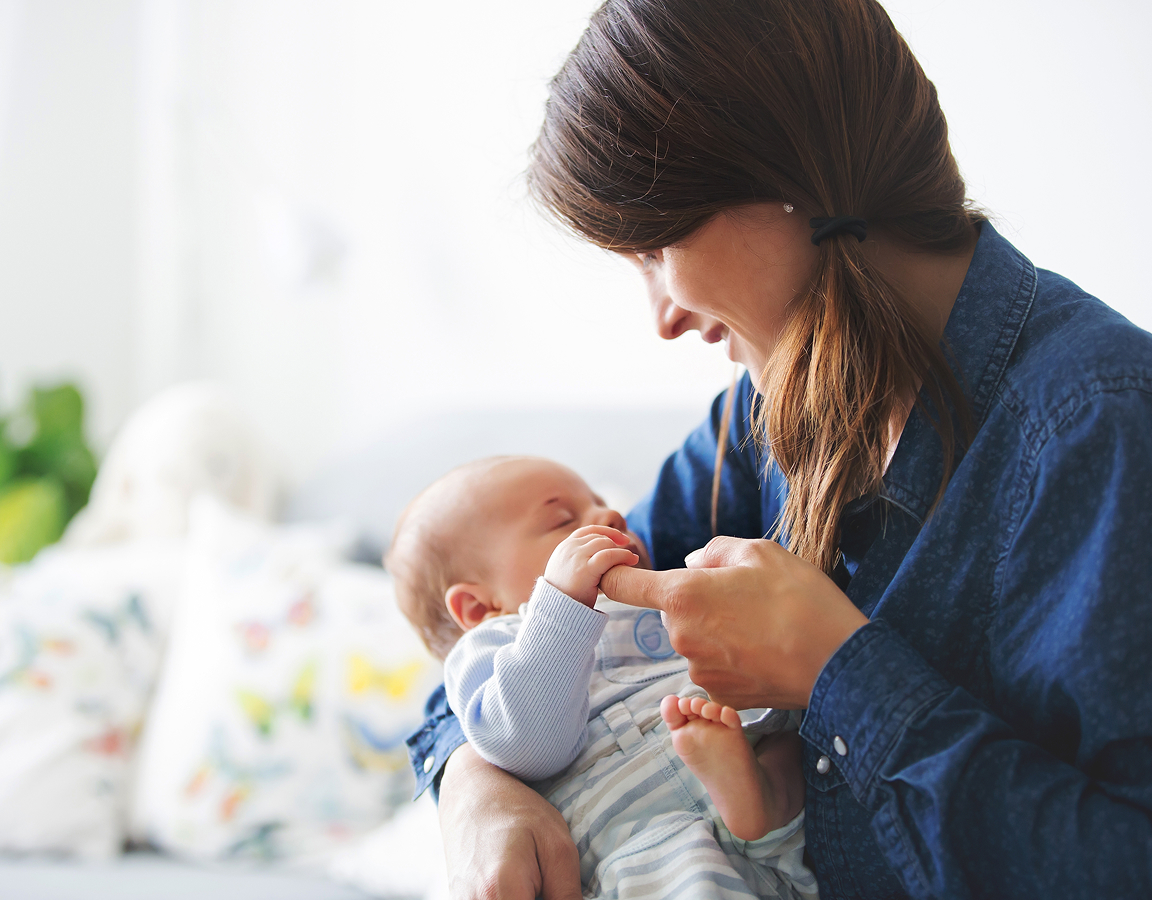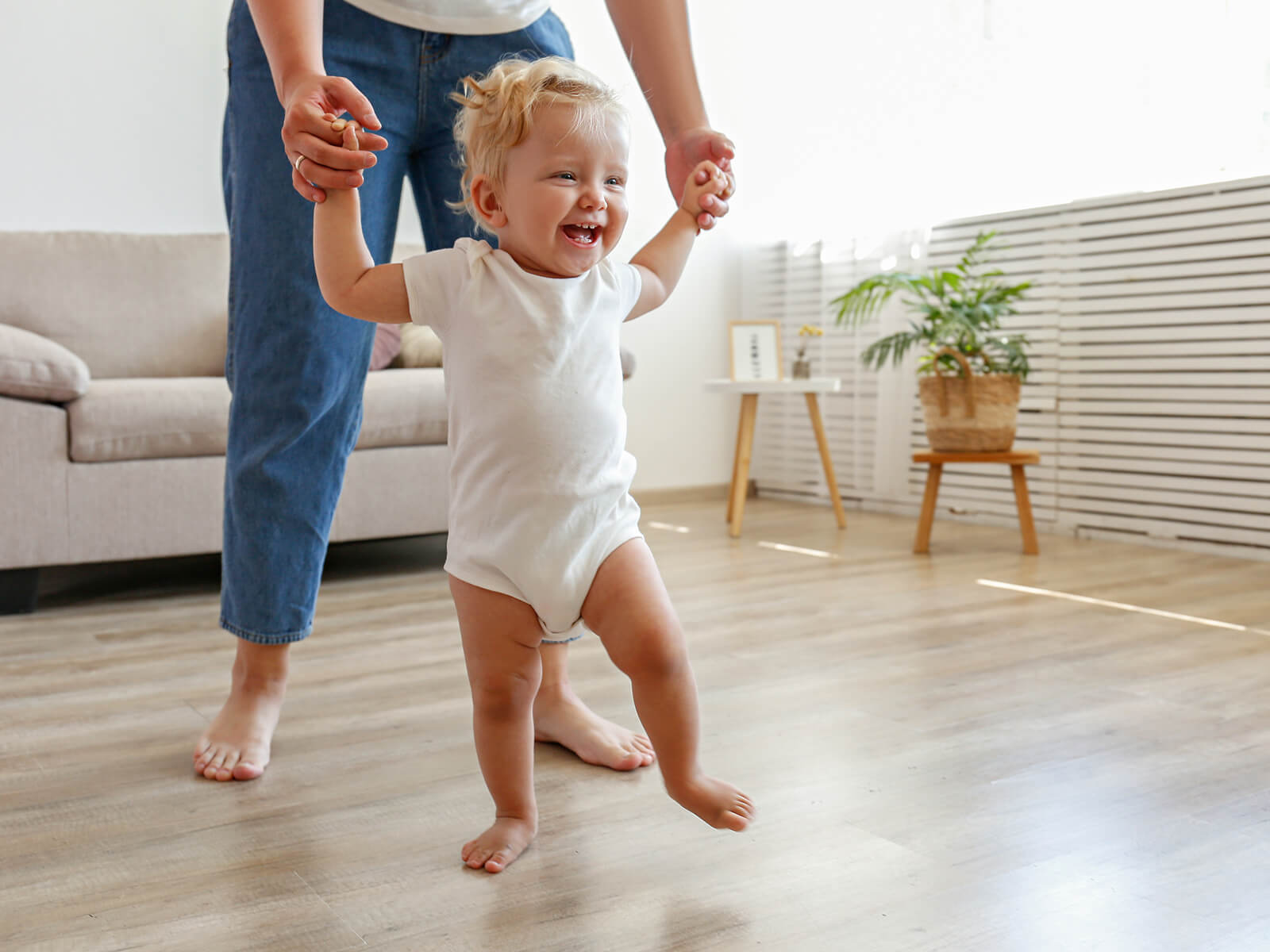
Health Tips
Baby Sleep: How to Help Your Little One (and You!) Get Rest
Becoming a parent is life-changing—and one of the biggest changes is sleep (or, let’s be honest, the lack of it). Every baby is unique, and sleep patterns can vary wildly. One thing’s for sure: whenever your baby is up, so are you.
The good news? Understanding your baby’s sleep needs and following safe sleep habits can help everyone in the house get more rest—especially during that first year of big changes and growth.
In this guide, you’ll find gentle, practical tips to help you:
- Know if your baby is getting enough sleep
- Follow safe sleep guidelines
- Encourage better, safer sleep for your baby (and a few more hours for you!)
How Much Sleep Does My Baby Need?
We know new parents ask this question all the time—and the answer can feel both reassuring and bewildering. Babies need a lot of sleep in the first year, but it doesn’t always happen in predictable stretches.
Newborns (zero to two months) sleep about 16–17 hours total each day, but usually in short bursts of 1–2 hours at a time. That’s because babies don’t yet have regular sleep cycles.
By about four to six months, babies start developing more consistent circadian rhythms (that internal body clock that helps us know day from night). As they grow, they’ll need a little less sleep overall: anywhere from 12–16 hours a day depending on age.
If it feels like all you do is feed and change your baby just in time for another nap—take heart. It’s normal. And it won’t last forever.
When Do Babies Start Sleeping Through the Night?
“Sleeping through the night” is the holy grail for exhausted parents—but what does it really mean?
As newborns, babies don’t have a sense of day and night. Their sleep cycles are short, and they wake frequently to eat. This is normal and healthy!
As their brain and nervous system mature, babies begin to link sleep cycles and stay asleep longer. By around four months, many babies can sleep for a five-hour stretch. Others may take longer to reach this milestone—and that’s okay. Every baby’s timeline is different.
If your little one isn’t “sleeping through” yet, know it doesn’t mean anything is wrong. It just means they’re still growing (and so is their sleep ability).
How to Cope with Sleep Regression
Just when you’re celebrating those glorious longer stretches, suddenly your baby starts waking up every couple of hours again. It can be frustrating—but completely normal.
Sometimes called “sleep regression,” these changes in sleep patterns are a normal part of healthy baby development. Sleep regression often happens around developmental leaps (like rolling, crawling, or big growth spurts) as their brains and bodies are busy learning new skills.
If you’re back to 2 a.m. rocking sessions after weeks of good sleep, take a deep breath. These phases usually last only a week or two. Consistency helps—and so does knowing it’s temporary. You will get back to those longer stretches.
Safe Sleep Checklist
When you’re up all night, you’ll see so many ads for products promising better sleep. Or you might get handed well-meaning advice about what “worked” for someone else’s baby. It can be overwhelming.
But safety always comes first. Following safe sleep guidelines is the best way to protect your baby and reduce the risk of Sudden Infant Death Syndrome (SIDS)—which is the unexplained death of a healthy baby during sleep, usually in the first year.
Here’s your straightforward safe sleep checklist for your baby’s first year:
- Put babies on their back – Always lay your baby on their back to sleep for naps and bedtime. It’s the safest position to help them breathe well. Once they can roll over on their own, it’s okay to let them find their own position—just keep the sleep space clear.
- Use a firm, flat sleep surface – Choose a crib or bassinet that meets Consumer Product Safety Commission (CPSC) standards, and check the CPSC website for any recalls. Use a tight-fitting sheet without wrinkles. If your baby falls asleep in a car seat, transfer them to a flat surface once you arrive.
- Don’t bed-share – Place your baby in their own crib or bassinet in your room. Room-sharing is recommended for the first 6–12 months—it keeps them close while giving them their own safe space. Avoid falling asleep with your baby on a chair or couch, which raises the risk of suffocation.
- Remove soft objects and loose bedding – Keep the crib clear of blankets, pillows, toys, and plushies. These can block your baby’s airway.
- Avoid overheating – Dress your baby in one extra layer than they would normally wear during the day, such as a swaddled blanket or sleep sack. Look for signs of overheating like sweating or flushed skin.
A quick word of caution: It can be tempting to try every product that promises more sleep—whether it’s from an online ad or a hand-me-down from a family member. But skip anything that doesn’t follow these safety guidelines—including inclined sleepers, nursing pillows used in cribs, crib bumpers, or any soft, squishy accessories. Your baby’s sleep surface should always be flat and firm.
Tips for Better Sleep for Your Baby—and You
Helping your baby sleep isn’t always straightforward. Some days (and nights) are just hard. But these simple, evidence-based tips can make it easier for both of you:
- Play during the day – Talking, reading, singing, and playing during daylight hours helps babies stay awake then, encouraging longer nighttime sleep.
- Keep things calm at night – For late-night feedings and diaper changes, keep the lights dim and voices low. This helps your baby learn that nighttime is for sleeping.
- Embrace the swaddle (but know when to stop) – Swaddling can help soothe a newborn’s startle reflex (that Moro reflex that causes them to fling their arms and wake up). Use safe swaddling techniques or sleep sacks. But stop swaddling as soon as your baby shows signs of rolling over—sometimes as early as two months.
- Offer a pacifier – Pacifiers can help soothe babies to sleep and may even reduce the risk of SIDS. Don’t worry if it falls out once they’re asleep.
- Encourage self-soothing – Around four months, you can begin putting your baby down drowsy but awake. This helps them learn to fall asleep on their own—a skill that makes it easier to get back to sleep if they wake in the night.
- Wait before rushing in – After six months, many babies will briefly wake at night and settle themselves back to sleep. If you hear them cry, pause a moment before picking them up. Of course, follow your instincts if they need feeding, changing, or comfort.
We’ll Help You Sleep Easier
Parenting a baby is beautiful and exhausting all at once. If you’re struggling with sleep (your baby’s or your own!), don’t hesitate to talk to your pediatrician. They can guide you through sleep training options, safe sleep questions, or worries about sleep regression.
You don’t have to figure this all out alone. We’re here to help you and your baby rest a little easier.
Sources: healthychildren.org












